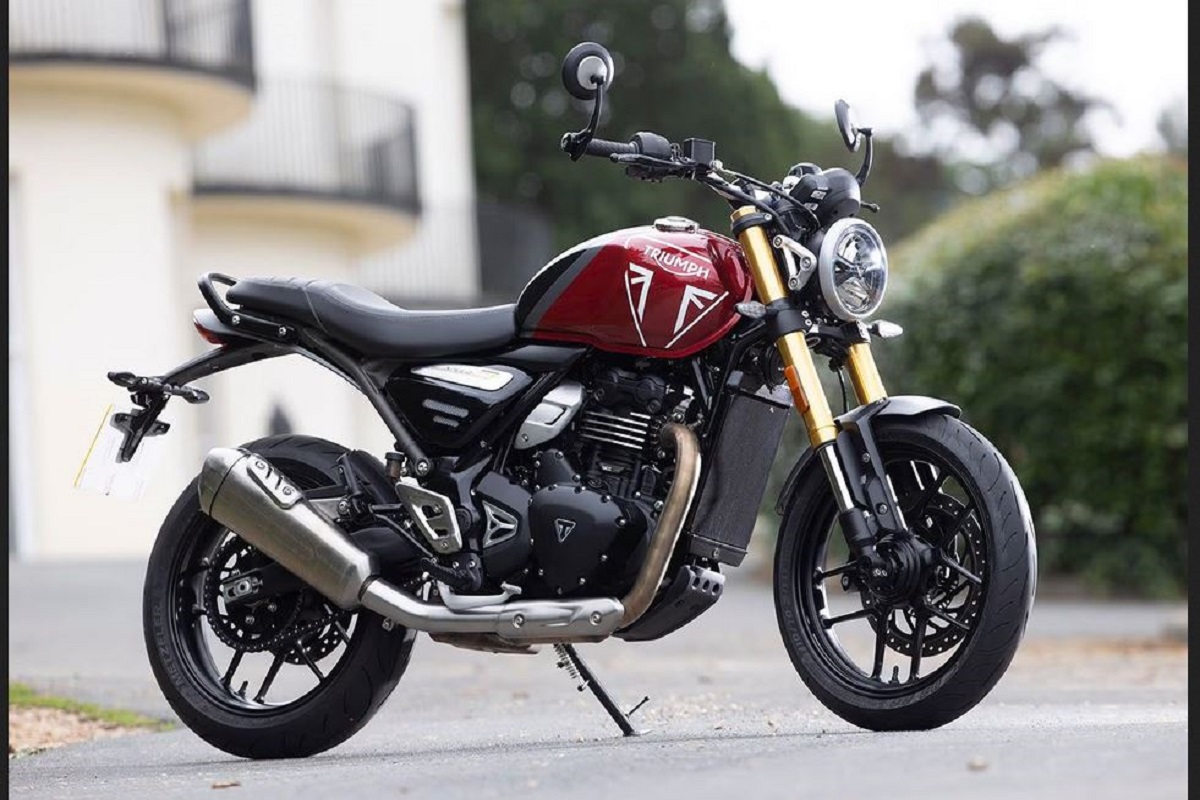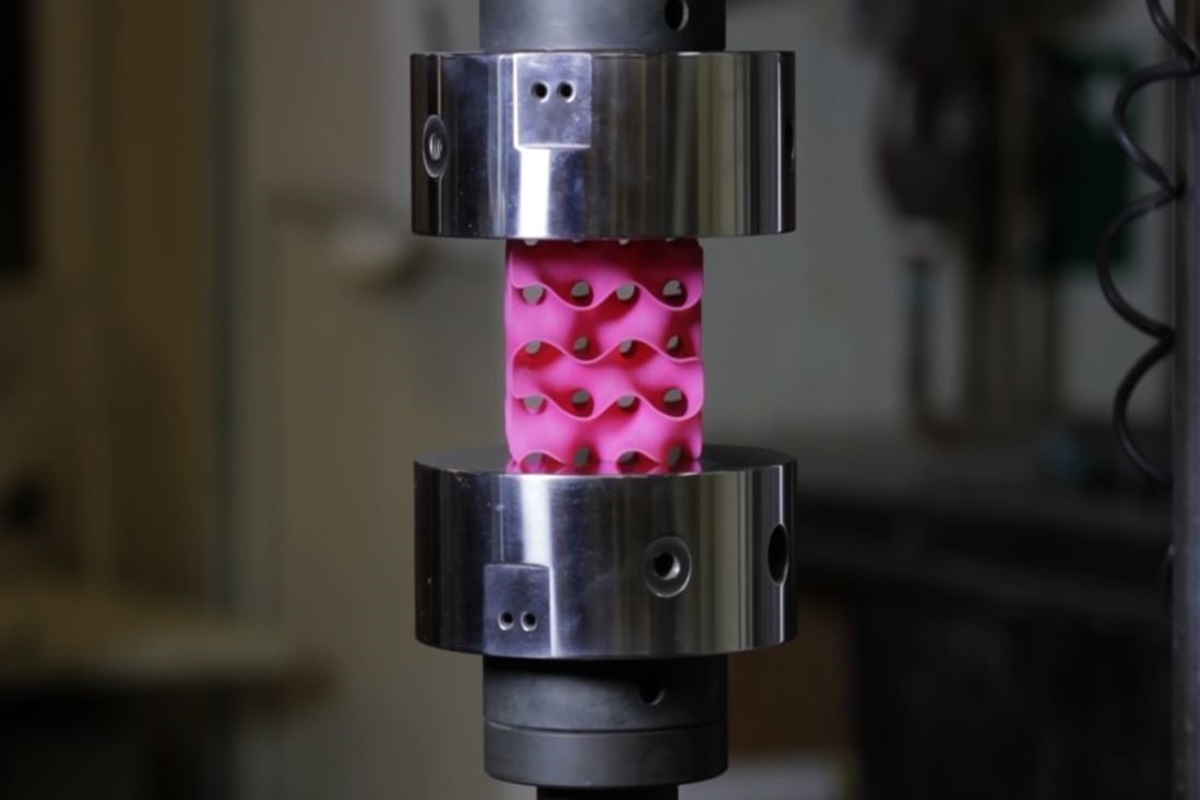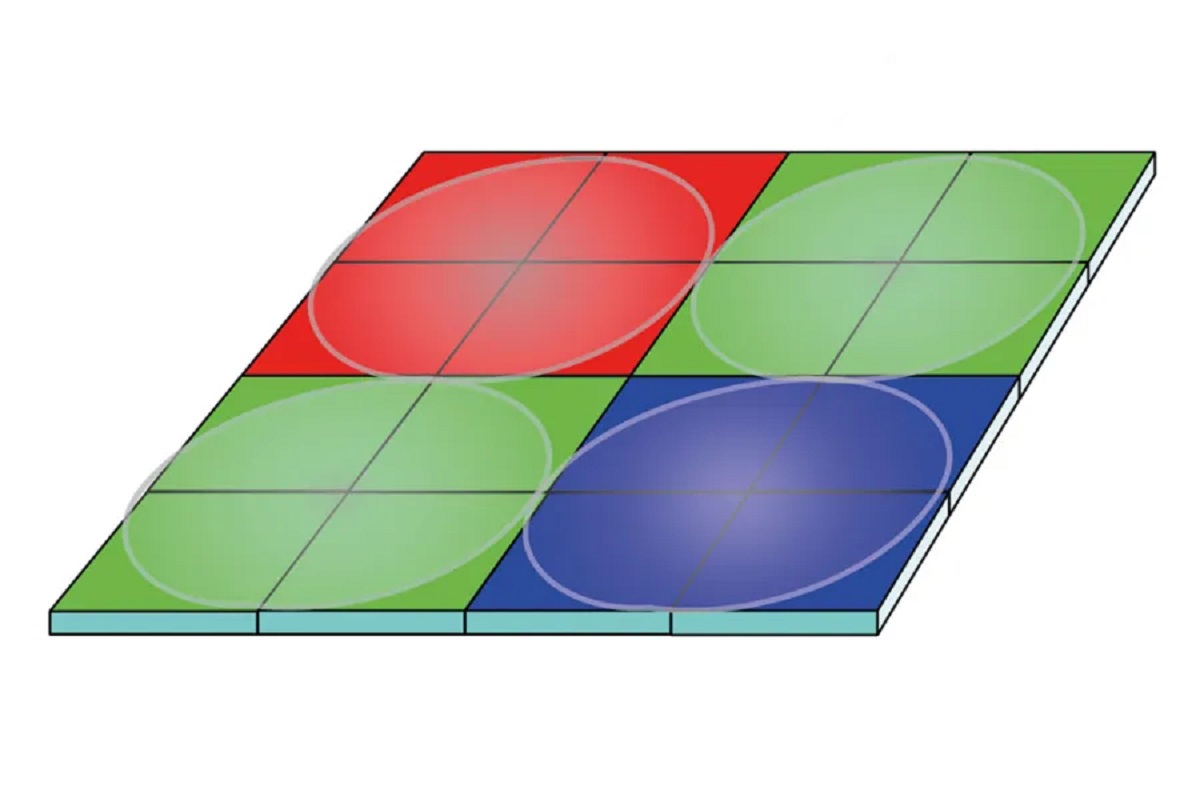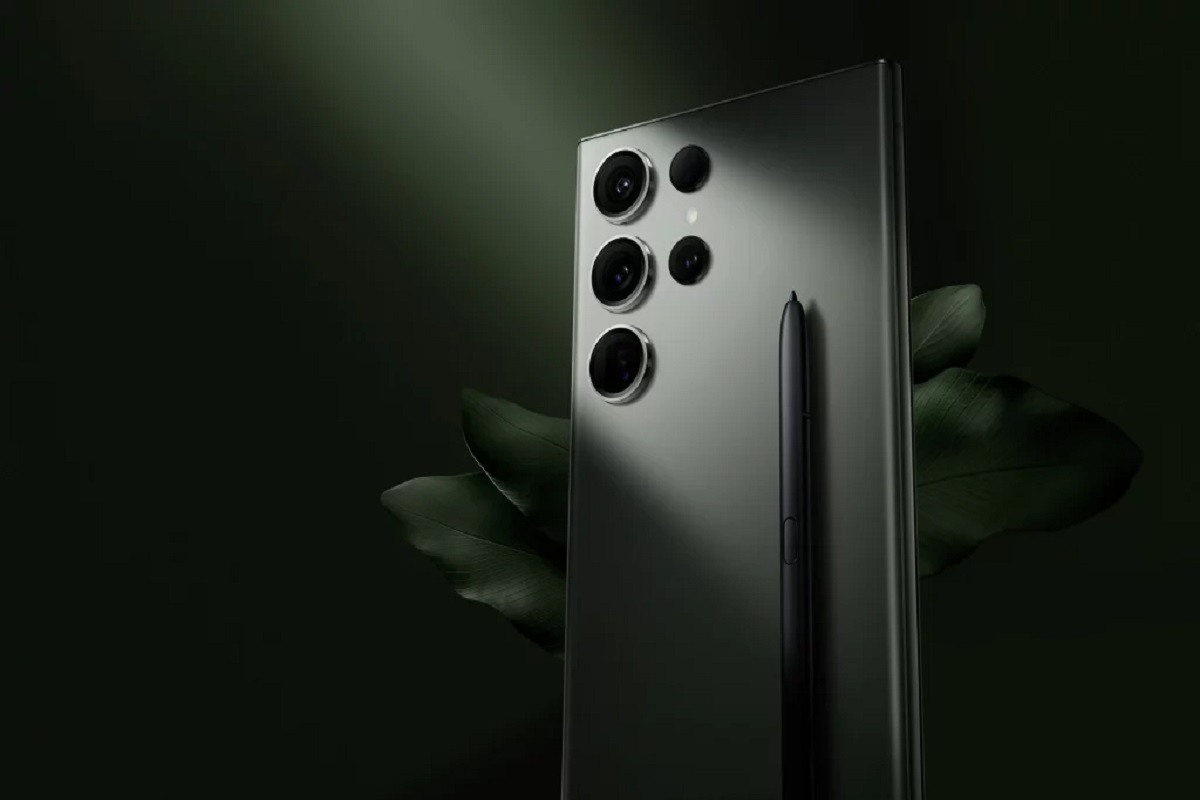Triumph, a renowned British motorcycle brand, has a long history of collaboration with India, catering to the two-wheel needs of the subcontinent. Recently, they have joined forces with Indian manufacturing giant Bajaj Auto to introduce the new Triumph Speed 400 and its sister model, the Scrambler 400 X. These bikes mark Triumph’s foray into the true entry-level market after more than 40 years and are highly significant for the company. Let’s take a closer look at the new Triumph Speed 400, which is set to hit the market in 2024.

When the Speed 400 was unveiled to the press in June, it left a strong impression. Though the price wasn’t disclosed, experts expect it to compete favorably with other budget-focused motorcycles like BMW’s G 310 R, KTM’s 390 Duke, and Royal Enfield’s 350 range. What surprised everyone was the absence of noticeable cost-cutting measures, even though the bike is aimed at the $5,000 market. The Speed 400 will be manufactured in Thailand and Brazil while maintaining the high-quality standards associated with British Triumph motorcycles.
One of the most impressive aspects of the Speed 400 is that it has been designed from the ground up. Triumph didn’t borrow parts from other models, and its 398cc single-cylinder engine is unique to this bike, setting it apart from other motorcycles in India, Thailand, and beyond. Every component has been specifically and newly designed, establishing the Speed 400 as a true member of Triumph’s range of Modern Classics.
During a test ride in the English Cotswolds, the Speed 400 continued to impress. Its low seat height of 31.1 inches and rider-friendly nature make it approachable for newer riders. The bike’s build quality and design are typical of Triumph, evoking a sense of familiarity that fans of their larger-capacity classics will appreciate.
Starting the engine reveals a surprisingly charismatic exhaust note for a Euro 5-compliant motorcycle. The 398cc single-cylinder engine produces 39.5 horsepower, and its smooth fueling makes it easy to ride at slow speeds. The bike’s natural balance, comfortable handlebars, and low seat enhance the riding experience for riders of all skill levels.
On open roads, the Speed 400 delivers a pleasant surprise. With good midrange torque and crisp response between 4,000 and 6,000 rpm, the bike offers efficient acceleration, easily overtaking slower traffic. While it may not be a powerhouse like some superbikes, it can comfortably cruise at highway speeds and handle typical road conditions.
The suspension setup is relatively simple, featuring a 43mm non-adjustable inverted fork and a single rear shock with preload adjustment. Despite its short wheelbase, the bike remains stable and composed, offering a comfortable ride on various road surfaces. The Metzeler Sportec M9 RR tires provide excellent grip, enhancing the bike’s handling capabilities.
The braking system, featuring a single 300mm disc and ByBre radial caliper at the front, works effectively, complemented by the non-cornering traction control and dual-channel ABS. The Speed 400’s chassis balances comfort and sportiness, offering an energetic and enjoyable ride.
The bike has garnered significant attention and interest, with around 12,000 preorders from India alone. Triumph’s challenge now lies in positioning the Speed 400 at the right price point to attract more riders. If they manage to strike the right balance, the Speed 400 could become a bestseller in 2024.










